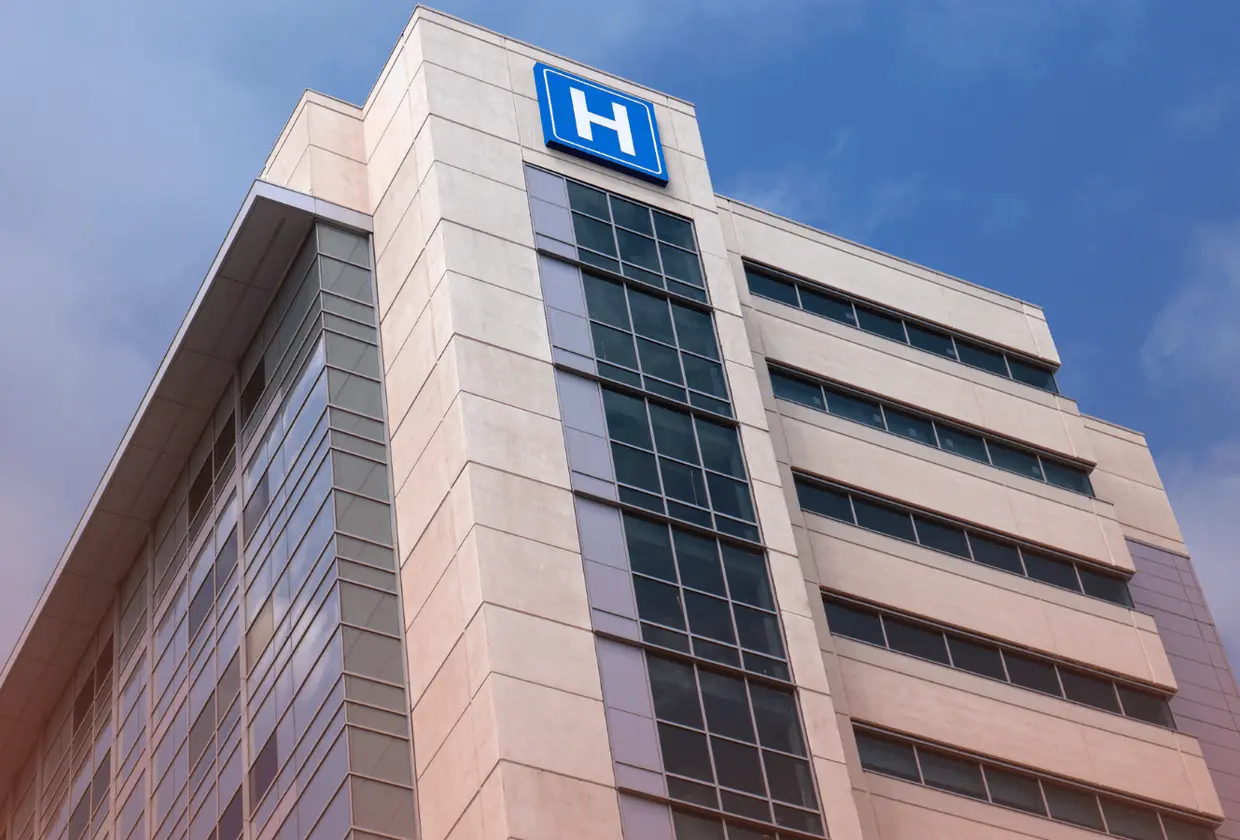Legacy Systems and Cybersecurity: Minimizing Risks During Modernization
Jeff Winesett//4 Min Read
Modernizing legacy healthcare systems is essential but poses cybersecurity risks, highlighting best practices for risk assessment, strategic planning, data mapping, and implementing robust security measures.

Modernizing legacy systems is crucial for enhancing efficiency, lowering operational costs, and staying competitive in the modern market. However, as organizations – especially in sectors like healthcare and insurance – undertake modernization efforts, cybersecurity risks tied to legacy systems present a significant challenge.
Cyberattacks frequently make headlines, from vulnerable health portals with Blue Cross Blue Shield of North Carolina to cyberattacks on hospital networks like Ascension.
According to Kaspersky Lab, a staggering 73% of health systems still rely on outdated systems, posing severe cybersecurity threats.
This blog will explore the cybersecurity challenges of legacy systems during modernization efforts and highlight best practices to mitigate risks.
Why Legacy Systems Pose Security Threats
Legacy systems, often built on outdated technology stacks, lack regular security updates and support, making them prime targets for cyberattacks.
A 2021 HIMSS Healthcare Cybersecurity report revealed that many healthcare systems still use obsolete operating systems like Windows XP and Windows 7, both of which no longer receive security patches. As a result, devices running these systems are vulnerable to malware, ransomware, and other cyber threats, which could severely impact healthcare delivery and patient safety.
Legacy systems present a significant weak point in any organization’s security posture. Attackers know the vulnerabilities associated with unsupported systems, making these organizations easy targets.
See also: The Do’s & Don’ts of Healthcare Product Design & Development
Best Practices for Minimizing Cybersecurity Risks During Modernization
Conduct a Thorough Risk Assessment
Before initiating any modernization efforts, organizations must assess the current state of their legacy systems. This involves conducting a comprehensive risk analysis that identifies potential vulnerabilities, dependency risks, and data security concerns.
For healthcare organizations, aligning modernization efforts with business objectives, such as reducing operational costs or improving patient care, helps create a roadmap prioritizing systems with the highest risk exposure.
By creating an inventory of all applications and systems, IT leaders can avoid duplicate investments and better understand how each application fits into the organization’s long-term strategy. This enables better decision-making regarding which systems need immediate modernization.
Develop a Clear Modernization Strategy
A strategic roadmap is essential for successful application modernization.
Modernizing legacy systems can follow several paths, including rehosting, refactoring, rebuilding, re-platforming, or replacing. Each approach offers distinct benefits, but all share a common goal: improving functionality while minimizing cybersecurity risks.
For example, rehosting (or “lift and shift”) moves applications from on-premises environments to the cloud with minimal changes. This method is cost-effective and allows organizations to leverage cloud-based security features. On the other hand, refactoring involves rewriting portions of an application’s code to optimize it for cloud environments, enhancing performance and security.
Organizations should also consider working with third-party experts who can provide objective assessments and guide them through modernization.
Map Data Dependencies
Legacy systems, with multiple data dependencies, are often deeply integrated into an organization’s IT ecosystem. Mapping these dependencies before modernization is crucial to avoid disruptions.
For example, moving an essential system to the cloud without considering its interactions with other systems could lead to unexpected outages or data loss.
Organizations should develop detailed migration checklists to mitigate these risks and perform rigorous testing during and after modernization efforts. This ensures data integrity and minimizes the chances of operational disruptions.
Implement Strong Security Measures During the Transition
Healthcare organizations should maintain strong security protocols throughout the modernization process.
These include patching all systems regularly, segmenting networks to prevent cross-contamination in the event of an attack and employing multi-factor authentication (MFA) to safeguard sensitive data.
Organizations should also invest in security awareness training to ensure that staff members are aware of potential risks and can recognize suspicious activity.
Furthermore, transitioning to modern infrastructure often provides an opportunity to strengthen security protocols.
See also: Successfully Launch Your Healthcare Product in 6 Steps
Organizations can modernize their systems with the right approach while minimizing cybersecurity risks. By conducting thorough risk assessments, developing clear modernization strategies, mapping dependencies, implementing robust security measures, and engaging stakeholders, healthcare organizations can successfully navigate the challenges of modernization and emerge with more secure, efficient systems.
A trusted partner like SeeSaw Labs, a custom software firm with direct experience in legacy software modernization, can significantly ease this transition.
SeeSaw Labs specializes in minimizing risks through proper scoping, ensuring the modernization process is executed smoothly and securely. With the right partner, the path to modernized systems becomes clearer, more secure, and better aligned with future growth.
See how we’ve helped healthcare organizations modernize in our recent case study with Hospice Pharmacy Solutions.